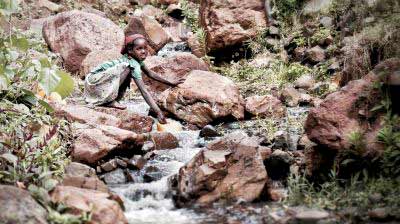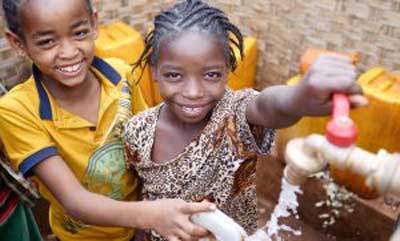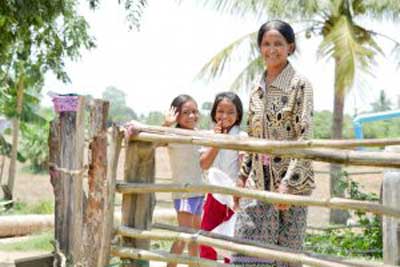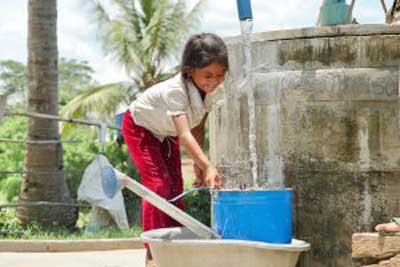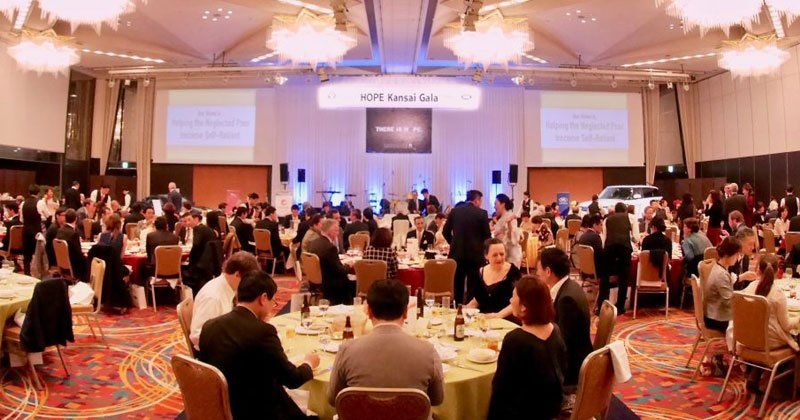What's Misunderstood About the Rainy Season
HOPE-JP • June 28, 2017
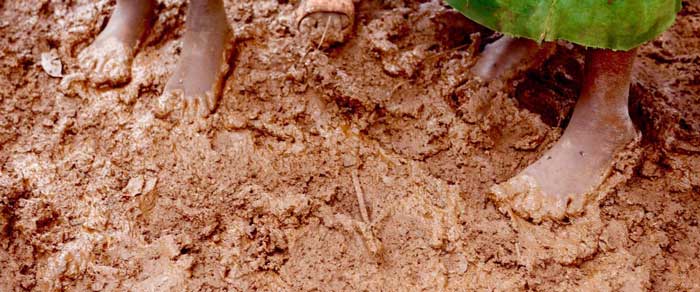
When you drive along the dusty, cracked roads during the dry season in Cambodia and see children walking long distances to fetch water from a small puddle, you wonder when the rains will come and bring relief. Much of our work in water and sanitation is based upon the need to address water scarcity during the dry seasons in the countries that we work in.
Unfortunately, however, even the rainy season cannot effectively provide the relief needed for families waiting for water and sanitation. While the rains can fill up the rivers and ponds and water fields, this can also endanger the health and well being of families. Reliable infrastructure for water and sanitation is essential for well being throughout the year.
Ethiopia: Contaminated Rivers
HOPE completed the installation of the water supply system in Tsayte, the Southern Ethiopia in 2016.
Prior to this, people in Tsayte did not have latrines and relieved themselves in the bushes alongside the river. As a result of heavy rainfall during the rainy season, the river often rose and mixed with all the precipitated waste on the riverbed. The water carried everything downstream and frequently caused people to contract diarrhoea and fall ill.
Death from drinking contaminated water and resulting dehydration was one of the main causes of infant mortality.
Fortunately, people in Tsayte do not need to drink this water anymore after the completion of the project! The clean and safe water they now fetch from the water points comes from a highland spring that is carefully capped and filtered.
Cambodia: I cannot bring my children to the river in the rainy season.
This is Chielun Salun, a mother living in Pursat, Western Cambodia. Prior to receiving a HOPE well in her community, she used to fetch water from a river nearly 1.5km away from her house.
While the rainy season increases the amount of water available, rivers rise and grow deeper and the currents become faster. This makes it very dangerous, especially for children.
For fear of them drowning or sudden showers and thunders, Chielun Salun could not let her children go to the river by themselves. The options for her children were limited to dry months with scarce water, or wet months where they could not even enjoy it.
But having a HOPE well in their community has changed this. Families are able to safely fetch water all through the year within few minutes. Mothers do not need to send children to rivers anymore.

